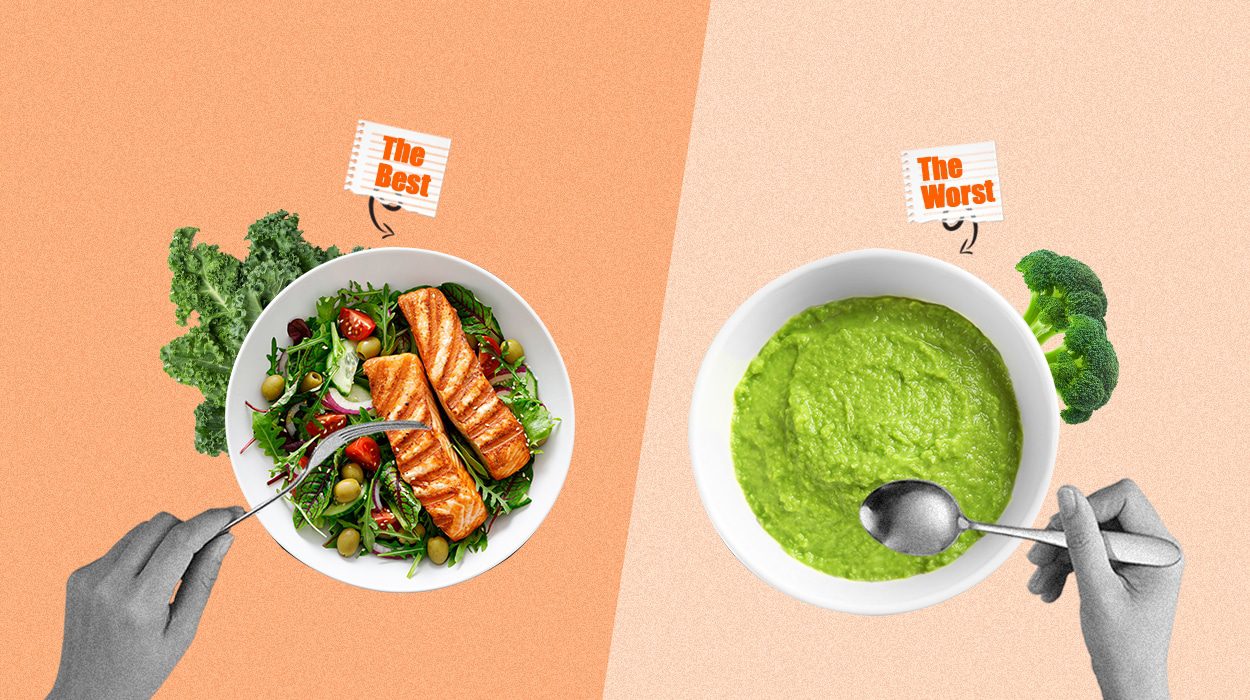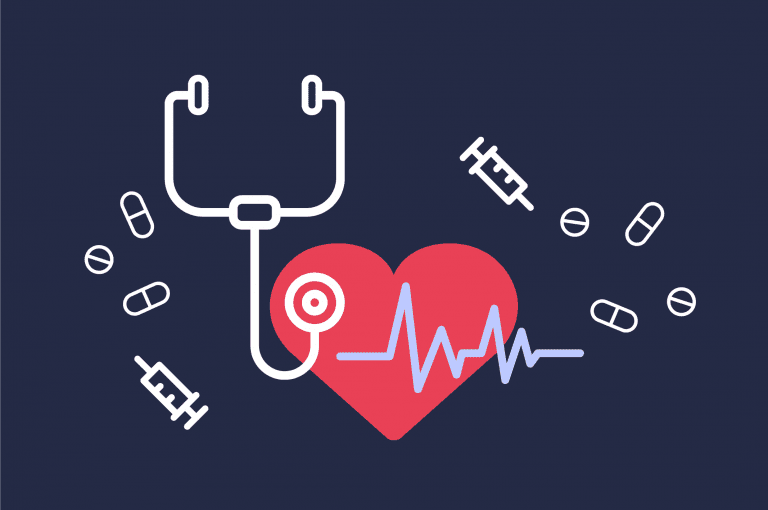Top 5 Diets for Fast Weight Loss in 2025

effective and sustainable ways to lose extra pounds. With new research, trends, and expert recommendations, dieting has evolved into a blend of science-based nutrition and lifestyle changes. In this comprehensive guide, we will explore the top five diets for fast weight loss in 2025, how they work, their pros and cons, and how you can decide which one suits your lifestyle.
1. Intermittent Fasting (IF)
Intermittent Fasting (IF) continues to dominate the health and wellness scene in 2025. This eating pattern cycles between periods of eating and fasting, typically the 16:8 method (16 hours fasting, 8 hours eating window). Research shows that IF improves insulin sensitivity, boosts fat burning, and helps reduce inflammation.
One reason IF is so popular is its flexibility. You don’t need to eliminate specific food groups; instead, you focus on when you eat. For many people, this makes it easier to stick to compared to highly restrictive diets.
Studies suggest intermittent fasting can also enhance brain function, improve metabolism, and even extend lifespan. While more research is still needed, millions of people have found success with IF as a sustainable lifestyle.
For more health insights, check out this guide.
Pros of Intermittent Fasting
-
Simple and flexible to follow.
-
Encourages fat burning and improves insulin sensitivity.
-
May improve longevity and reduce inflammation.
Cons of Intermittent Fasting
-
Can cause hunger and low energy during fasting hours.
-
May not be suitable for people with certain medical conditions.
-
Social events can be harder to manage around fasting times.
2. Ketogenic Diet (Keto)
The Keto Diet is another powerful weight-loss method still trending in 2025. It focuses on consuming very low carbohydrates, high fat, and moderate protein. By drastically reducing carbs, your body enters a metabolic state called ketosis, where it burns fat for energy instead of glucose.
People often experience rapid weight loss during the first few weeks due to glycogen depletion and water loss. Over time, fat loss becomes the main driver of weight reduction. Keto has also been linked to improved energy levels, reduced appetite, and better control of blood sugar.
Learn more about keto benefits in this article.
Pros of Keto
-
Rapid initial weight loss.
-
Reduces appetite and sugar cravings.
-
Improves mental focus for many people.
Cons of Keto
-
Can be difficult to maintain long-term.
-
May cause side effects like “keto flu.”
-
Restrictive food choices, especially for those who love carbs.
3. DASH Diet
Originally developed to lower blood pressure, the DASH Diet (Dietary Approaches to Stop Hypertension) has gained popularity as a safe and balanced weight-loss method in 2025. This diet emphasizes whole foods such as fruits, vegetables, whole grains, lean proteins, and low-fat dairy while limiting sodium, processed foods, and sweets.
Unlike extreme diets, DASH is not about fast gimmicks—it’s about sustainable, healthy eating patterns that also support heart health. Studies show that the DASH Diet helps reduce risk of heart disease, stroke, and type 2 diabetes, while also being effective for gradual and steady weight loss.
Discover more DASH tips from this resource.
Pros of DASH Diet
-
Heart-healthy and evidence-based.
-
Flexible and easy to adapt for families.
-
Encourages long-term healthy habits.
Cons of DASH Diet
-
Weight loss may be slower compared to Keto or IF.
-
Requires consistent meal planning.
-
Some may find it less exciting compared to trendier diets.
4. Paleo Diet
The Paleo Diet is based on the principle of eating like our ancestors did during the Paleolithic era. It focuses on whole, unprocessed foods such as lean meats, fish, fruits, vegetables, nuts, and seeds. Processed foods, grains, legumes, and dairy are excluded.
Supporters argue that Paleo reduces inflammation, improves digestion, and helps with natural weight management. By avoiding modern processed foods and focusing on nutrient-dense options, many people find it easier to lose weight and maintain energy.
Learn about Paleo strategies in this guide.
Pros of Paleo
-
Encourages natural, whole foods.
-
May reduce bloating and inflammation.
-
Effective for people sensitive to processed foods.
Cons of Paleo
-
Restricts many common food groups (grains, dairy, legumes).
-
Can be more expensive due to reliance on meats and fresh produce.
-
Hard to follow when eating out or traveling.
5. High-Protein Diet
A High-Protein Diet has become one of the most recommended approaches for fast weight loss in 2025. Protein plays a crucial role in muscle building, metabolism, and satiety. By increasing protein intake while moderating carbs and fats, people experience reduced hunger and better fat loss results.
Popular options include lean meats, fish, eggs, Greek yogurt, tofu, beans, and legumes. Studies show that diets high in protein not only accelerate weight loss but also preserve muscle mass, which is vital for long-term health and metabolic rate.
Explore more about protein diets in this article.
Pros of High-Protein Diet
-
Reduces hunger and cravings.
-
Helps preserve muscle mass during weight loss.
-
Flexible and can be adapted to different lifestyles.
Cons of High-Protein Diet
-
May strain kidneys in people with pre-existing conditions.
-
Requires careful balance to avoid excessive fat intake.
-
Some protein sources can be costly.
Final Thoughts
As we enter 2025, it’s clear that there is no “one-size-fits-all” approach to dieting. Each of these five diets—Intermittent Fasting, Keto, DASH, Paleo, and High-Protein—offers unique benefits and potential challenges. The key is to choose a plan that fits your personal goals, lifestyle, and health needs.
Before starting any new diet, it’s important to consult with a healthcare professional or nutritionist to ensure it’s safe for your individual circumstances. Remember, the most effective diet is not only the one that helps you lose weight fast but also the one you can maintain for the long run.
Stay updated with the latest health trends on this site.




